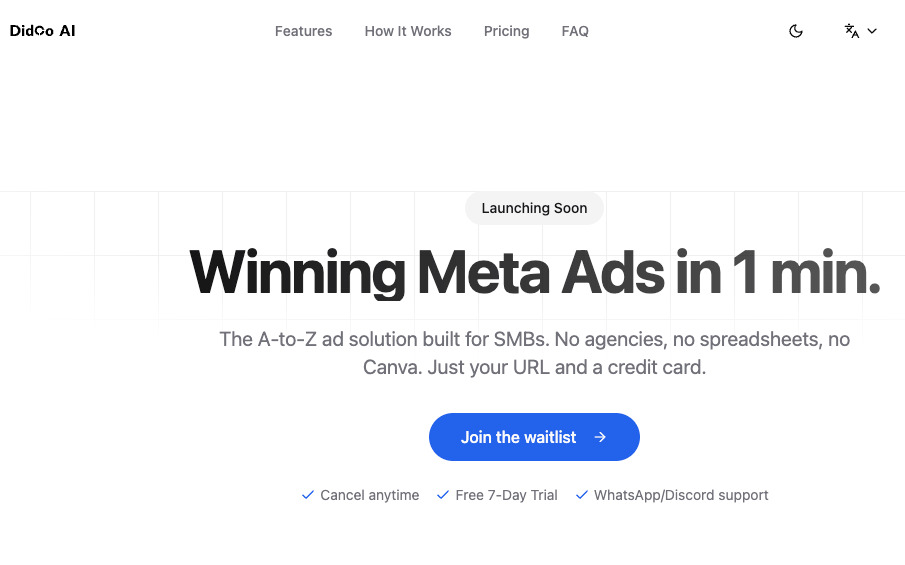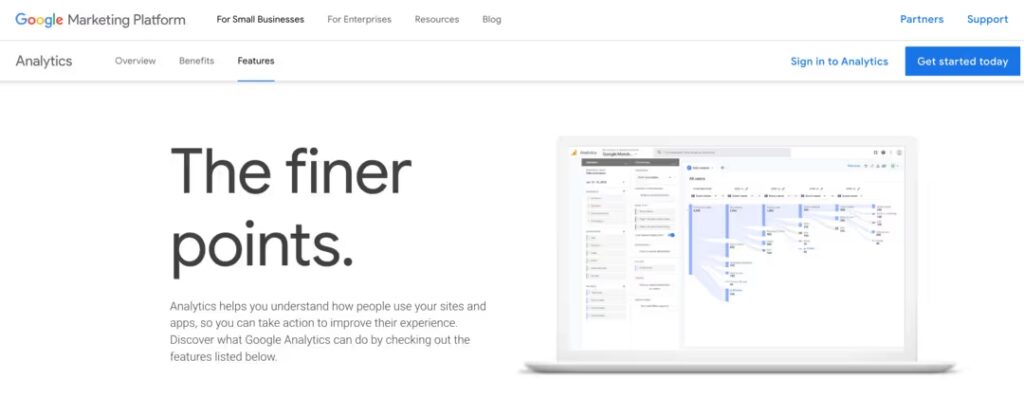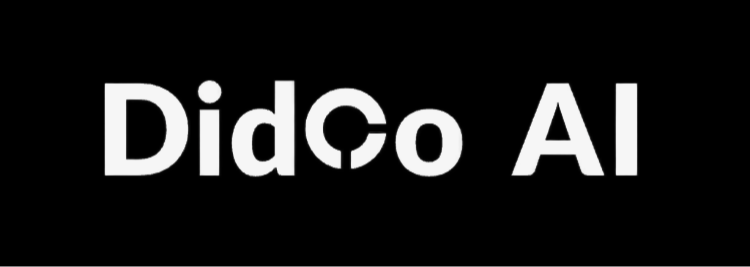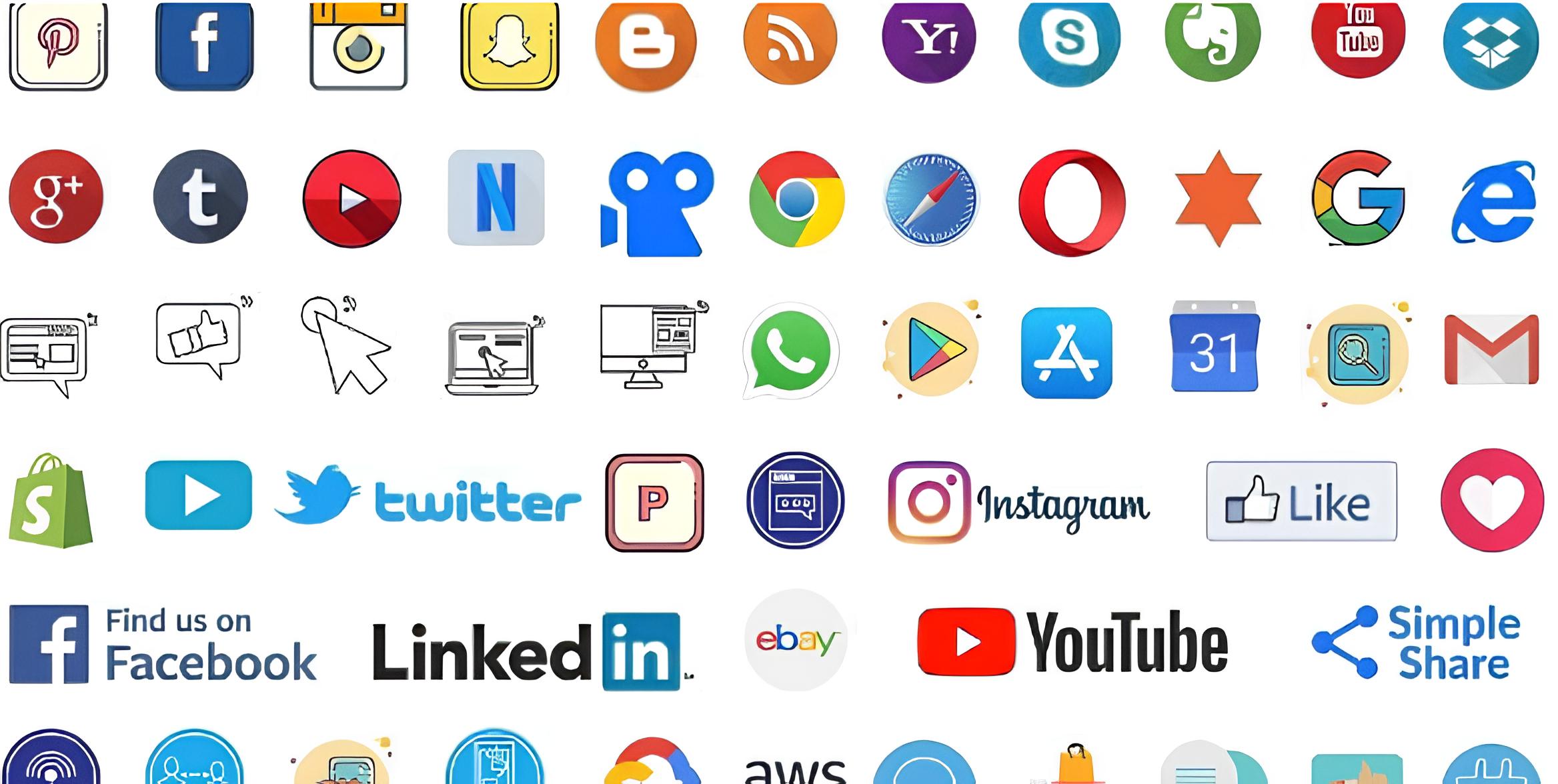Introduction
Running a one-person brand or a 20-seat team? The right mkt apps turn hours of guess-work into minutes of data-driven action. In 2025 the global pool of digital marketing apps is deeper than ever, yet most round-ups still list U.S.-only prices or enterprise add-ons you will never click. This guide fixes that. Below you will find 15 hand-picked marketing applications that work for micro-businesses in Lagos, freelancers in Lisbon and boutique e-commerce stores in Manila. Every tool costs less than one client invoice, ships with world-wide support and—most importantly—plays nicely on patchy hotel Wi-Fi.
2025 Buying Lens: How SMEs Should Evaluate Digital Marketing Apps
Skip the feature-bingo. Before you even open a pricing page, run each digital marketing app through this five-question filter:
- Cross-border readiness – Does it auto-convert currency and language?
- Mobile first – 62 % of SME owners update campaigns from a phone.
- Stack flexibility – One-click zaps to your accounting or CRM tool.
- Support overlap – Live chat in your time-zone, not “submit a ticket and pray”.
- Exit freedom – Data export that does not need a developer.
Use the list, pick your top three, then start free trials on the same day to avoid billing overlap. Time-box testing to 72 hours; longer and you will drown in demo data.
AI-Powered Mkt Apps That Slash Ad-Waste for Bootstrappers
Didoo AI leads the pack, but it’s not the only standout in this space. This Hong Kong-based platform offers a comprehensive suite of AI-driven tools, including creative insights, 360° Meta audits, and one-click reporting for Meta. With paid plans costing about the same as two Starbucks lattes a day, the real value lies in its extensive library of proven ad templates that you can legally clone and adapt.

For those looking for an even leaner solution, AdCreative.ai generates conversion-focused visuals in just 30 seconds, complete with an AI confidence index. Integrate it with Canva’s brand kit, and you have a $90 combination that outperforms a $1,200 agency retainer. Always let the AI make the initial proposal, then refine it with human touch; Google’s 2024 update on “prohibited repetitive content” can flag purely bot-generated creatives.
Organic Traffic Boosters: Budget-Friendly SEO & Content Apps
Forget USD 400-a-month giants if you ship niche products. Start with Ubersuggest 2025 Local—USD 20 monthly, supports 190 currencies and auto-suggests long-tail keywords in 28 languages. Pair it with NeuronWriter (USD 9) to optimise blog posts using NLP terms pulled from top-ranking pages. Finish by dropping the draft into Grammarly; its new “brand tone guard” keeps your voice consistent across English, Spanish and French variants.
Quick workflow
- Ubersuggest → export 50 low-competition keywords.
- NeuronWriter → score each heading until you hit 65+.
- Grammarly → set goal to “informative but witty”, check for clichés.
- Publish, then push to Buffer (see next section) for social syndication.
Social & Email Apps Built for One-Person Marketing Teams
Buffer still leads for queue simplicity, but 2025 brings two underdogs worth your swipe:
- Postpone – Reddit & LinkedIn scheduler with AI best-time predictions.
- Pallyy – Instagram carousel auto-split, USD 15 lifetime if you grab AppSumo.
For email, Mailchimp is now an all-in-one CRM, yet its free tier stops at 500 contacts. Sender offers 2,500 subs and 15,000 emails monthly—zero branding—and includes marketing automation most SMEs assume is pay-walled. Trigger a cart-abandon flow in under seven clicks; revenue per recipient jumps 28 % on average.
Pro tip: connect Sender to Zapier so every new Shopify order fires a “thank-you” SMS via Twilio. Cost? Two zaps free, SMS pennies. The personal touch rivals Amazon-level service.
Data & CRO Tool Stack That Outsmarts Expensive Analysts
You cannot fix what you do not measure. Google Analytics 4 remains free, but the interface still scares non-tech owners. Layer Pirsch Analytics (EUR 5 /month, cookie-less, GDPR-safe) on top for a Slack-size dashboard that loads in two seconds. Run both; GA4 for Google Ads attribution, Pirsch for day-to-day sanity.

Heat-maps? Hotjar’s basic free plan gives 35 daily sessions—plenty if you test one page at a time. For funnel leaks, Microsoft Clarity records 100 % traffic, unlimited, and its “rage click” metric spots UX bugs faster than five usability zoom calls.
Close the loop with Convert A/B testing; the startup tier is USD 29 monthly and includes Bayesian stats so you do not need a statistics degree. Test one headline, one colour, one offer—iterate weekly. Compounded lifts of 3 % per test equal 40 % more revenue in 12 weeks.
Putting It Together: A 90-Minute weekly Routine Using Only These Mkt Apps
Monday 09:00 – Open Pirsch, note traffic dip.
09:15 – Launch Convert test: new hero image.
09:30 – Hop into Ubersuggest, pick one fresh keyword, outline article.
10:00 – Draft in NeuronWriter, polish in Grammarly.
10:30 – Schedule social variants via Buffer and Postpone.
10:45 – Check Sender: build drip for new keyword guide.
11:00 – Review Madgicx AI suggestions, pause under-performing ad set.
11:30 – Done. Go sell.
Eight steps, seven apps for marketers, zero meetings. Repeat every week; after 60 days you will own a data-rich, self-optimising funnel for less than USD 200 total monthly cost.
Conclusion
Smart marketing applications do not drain your budget—they multiply it. Pick two tools from each category above, stack them with free zaps, and you will outrun competitors still chained to single-country dashboards. Ready to turn your target audience into actual sales? Skip the spreadsheets and launch winning Meta ads in 60 seconds—paste your URL, pick a campaign, and let Didoo AI Agent do the rest. Start your free 7-day trial today and watch tomorrow’s revenue advertise itself.

